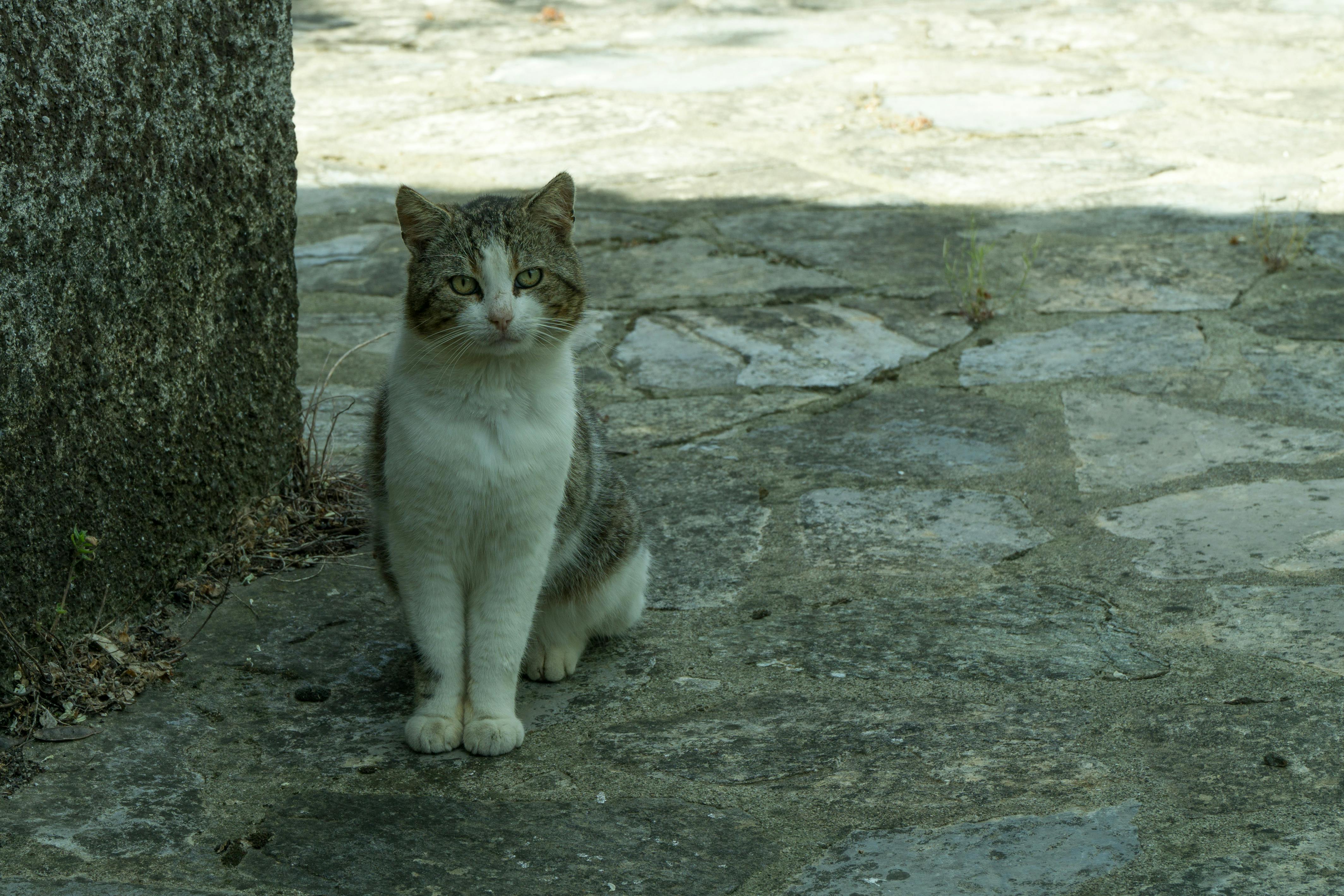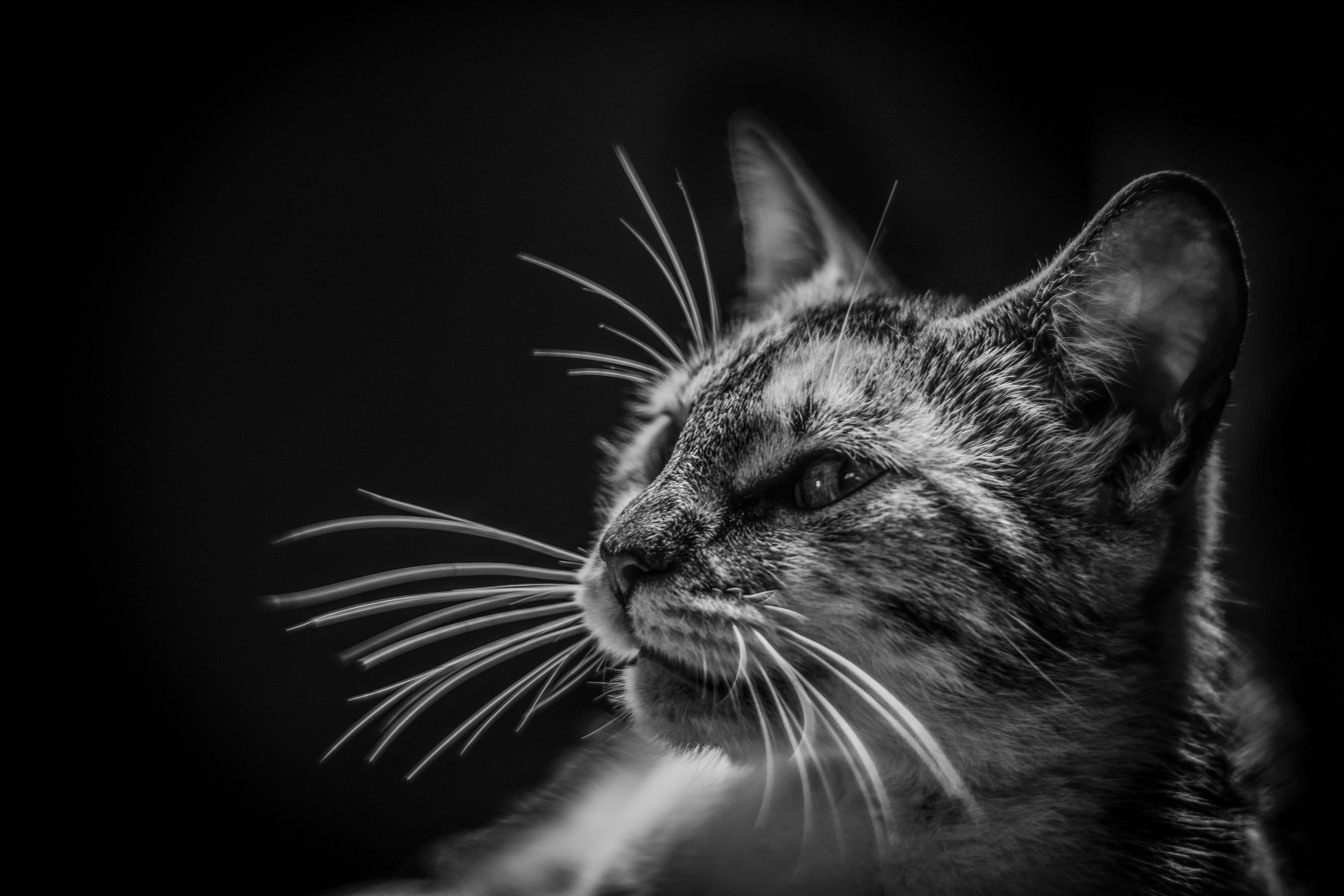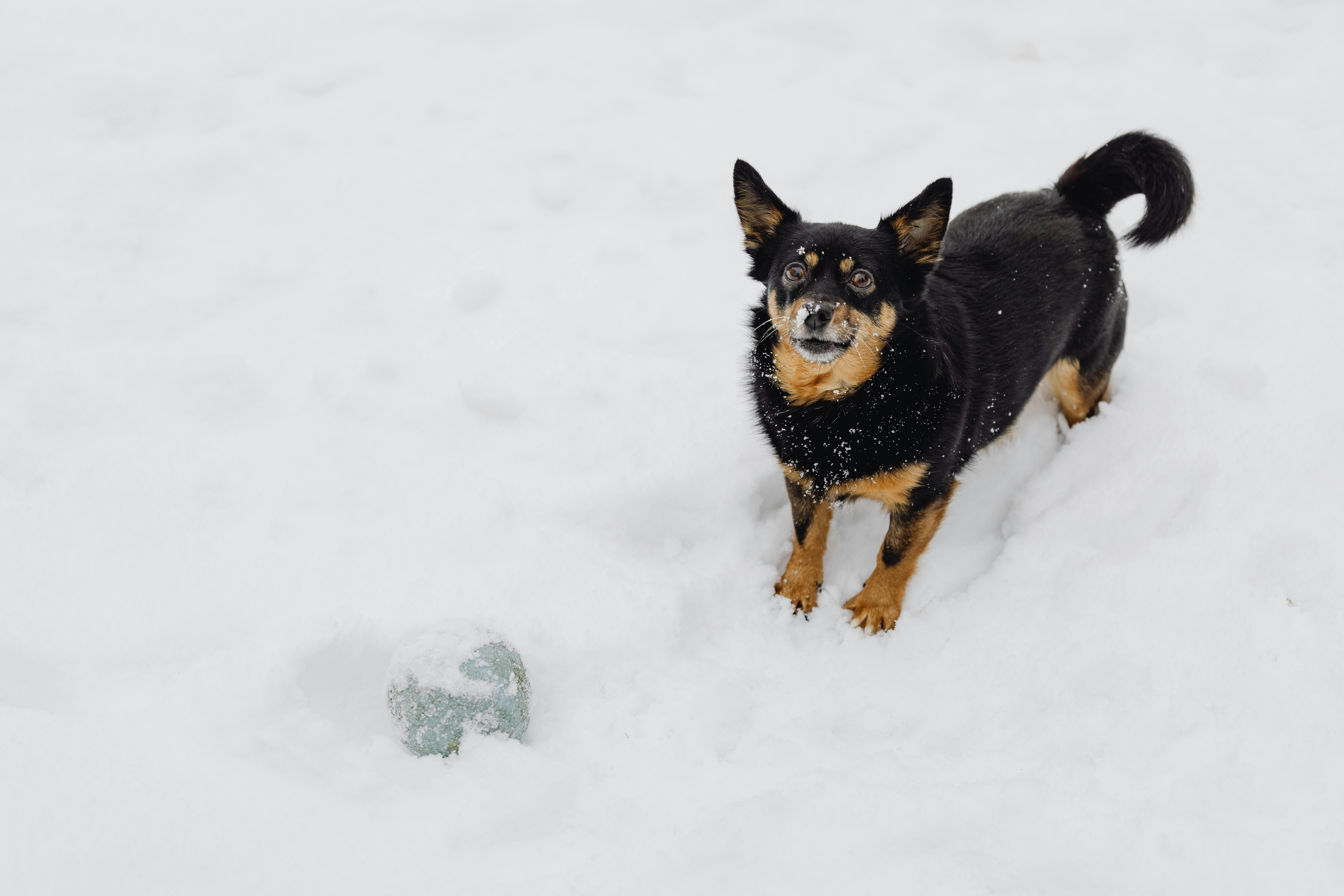Pop singer Madonna came to Tel Aviv this week to participate in a Kabbala study conference. According to press releases, he will stay in Israel until Sunday evening and on the last day of his visit, he will have the opportunity to visit the tombs of the Tzaddikim (Righteous Holy People) Jews near Safed, a small town in the northern Israel.
Why Safed? What does Kabbalah mean? (It literally means “Receive” in Hebrew).
I am not so sure that the press has given the correct answers to these and other questions related to the background of this visit. Here is my humble contribution.
Safed, one of the four “holy cities” of Israel, along with Jerusalem, Hebron and Tiberias, is actually a small mountain city (27,000 inhabitants). Unlike other historic cities in Israel, it is not even mentioned in the Bible.
Its golden age was during the Middle Ages, when it functioned as a crusader fortress and Muslim administrative center. But it was only in the 16th century that Safed was a city of international importance, as well as a Jewish cultural capital.
What made Safed so special is related to what Maddona is looking for in Israel.
The Jewish congregation in Safed is the oldest in Israel. It has been there for the last 800 years. But during the time of the crusaders it was very small, because the Christian knights did everything possible to massacre Jews (and Muslims).
The turning point was the conquest of the area by the Turkish sultanate. This Muslim empire sheltered Spanish Jews during their mass expulsion at the end of the 15th century. The Turks, who were great warriors and administrators, did not dominate commerce, industry, and science. They understood the great potential of the Spanish Jews who were experts in these fields and gave them asylum.
Some of those Jews, a few thousand, came to Safed and settled there. Safed attracted them for two main reasons: good water sources and the proximity to the tomb of the founder of the Kabbala, Jewish mysticism, Rabbi Shimon Bar Yochai.
The water was needed to establish a wool manufacturing center that became one of the largest in the world and made Safed a flourishing city. The tomb of Bar yochai, and an ancient tradition according to which the Messiah will first come out of Safed, attracted some of Spain’s greatest Jewish religious scholars, most of them Kabbalists.
In 16th century Safed settled Rabbi Yosef Karo of Toledo, the greatest expert on Jewish Law of the new age, who wrote the coding book “Shulkhan Arukh”, the third most important Jewish book, after the Bible and the Talmud.
Another great Kabbalist was Shlomo Alkabetz, who is best known today for his religious poetry. His most famous liturgical poem is called “Lecha Dodi”. It is used in all synagogues to receive the Sabbath. His brother-in-law was Rabbi Moshe Kordoveiro, a student of Rabbi Karo, who wrote the first book to explain Kabbalah methodically.
The best student or Rabbi Kordoveiro was Rabbi Yizhak Luria, better known as HaAri Hakadosh. Luria died when she was only 38 years old. He only spent two and a half years in Safed. But it was in that short period of time that he created a theoretical Kabbalistic movement that has had an immense influence on the lives of almost all Jews ever since.
What does Kabbalah mean? If you have the time and patience, visit a site called http://kabbalaonline.org/ and start reading. It will take you a few days. Otherwise, here is a somewhat simplified explanation.
According to the Talmud, the world of Torah (the knowledge of Judaism) is based on four layers: Pshat (literal meaning, in Hebrew), Remez (implication), Drash (interpretation) and Sod (secret). Each of these layers is a different way of weighing the same words of the Torah. The deepest layer is the secret. The doctrine of secrecy, which includes the Kabbalah, is so mysterious, deep, and special that not everyone can understand it. Therefore, Jewish scholars recommend beginning to study it only at the age of 40. A younger person does not have the spiritual maturity necessary to face its depths.
The doctrine of secrecy has existed since the 2nd century, but did not appear in any book until the late 14th century, when a Spanish Jewish scholar named Rabbi Moshe de León rewrote and edited it in a book called “Seffer Hazohar” (The Book of Shining, in Hebrew). The content of the book is attributed to Rabbi Shimon Bar Yochai (mentioned above) who had lived 1300 years before the time of De León. Believers claim that Bar Yochai wrote the book, but Kabbala researchers say the text was written much later, in the Middle Ages.
“Seffer Hazohar” is not a textbook. It is a collection of ideas and material from the Torah. Only in the late 15th century, another Spanish rabbi, Moshe Cordoveiro, who later moved to Safed, wrote structured lessons that allowed for a systematic study of Kabbalah.
Unlike the other three layers of the Torah world, which deal primarily with Jewish religious laws, the doctrine of secrecy deals with the philosophical side of Judaism: for example, the perennial question of “Why do righteous people suffer? in our world and why are evil people so successful? “
Kabbalah, developed in Safed by a genius nicknamed “HaAri Hakadosh” in the 16th century, uses abstract concepts that are incomprehensible to outsiders: “Elohut” (Divinity) and “Tzimtzum” (Reduction), for example. Divinity filled the entire universe in the past. It was later reduced to accommodate today’s world. After this Reduction, the lights of Divinity accumulated in “Sefirot”, the vessels that contain the immense Divine lights. The three upper “Sefirot” did their job. But the lower six broke into many pieces and scattered. This is called in Hebrew: “Shevirat Hakelim” (Breaking vessels). Due to this breaking of vessels, good and evil mixed throughout the universe. Splinters of divine lights, called “Nitzotzot” (sparks), fell into the depths of “Clippot”, the evil powers of impurity. The broken “Divinity” went into exile among the “Clippot”. According to the Kabbala, the destiny of the Jewish people is similar to that of the “Godhead”. The Jews are still in exile among the nations. Salvation depends on each person. If people manage to collect all the “Nitzotzot”, the salvation of humanity will come. The collection of “Nitzotzot” will be done through good deeds, such as obeying Jewish religious rules. When someone does, they pick up “Nitzotzot” and put them back in place. Then he deals with “Tikun Olam”, the correction of the world.
The Kabbalah has a great influence on Judaism, especially the Hasidim movement. Cabalic concepts, developed mainly in 16th century Safed, have penetrated the Jewish liturgy. One of them is the “Holy Pairing”. Philosophically, this concept has another meaning, but in popular cognition it is perceived as a holy marriage between God and the Jewish people.
For example, the holiday of “Shavuot”, in which the Holy Torah was given through a covenant between God and the Jews, has been compared to such a sacred marriage. Also the customs of “Kabbalat Shabbat”, (receiving the Sabbath), were changed following Safed’s notion of “sacred combination”. The followers of the Cabala in Safed began in the 16th century the custom of leaving the city on the Friday before sunset, dressed in white, to receive the bride, Shabbat. Friday night was the link between God (the king) and Shabbat (the queen). After the mystical marriage, the souls of righteous people were born. This custom of leaving town on Fridays was abolished after the fall of downtown Safed in the early 17th century, but its influence is felt to this day in Alkabetz’s poem “Lecha Dodi”, mentioned above.
HaAri Hakadosh said that “the Shechina (God’s presence) rests on Safed.” You can feel it even today. Its clean air and serenity help the visitor to contemplate the philosophical issues I have just mentioned and others. This place is worth visiting even if you have no idea what you are going to do there.



